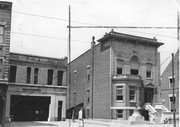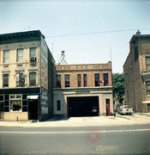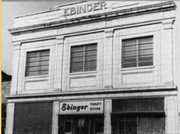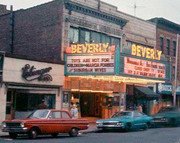Just a side note. "Bxboro" and I have been friends for a long time. Way before "My Younger Buff Years" was ever thought of and way before things like computers and cell phones became a part of our lives.
"Bxboro", his brother (now an FDNY member), and a few of his friends would stop by the "Greenville Hilton" in Norwich, Ct where I was working at the time. I had told them if they really wanted to see fires, New York City was the place to be. So that's where we went.
Not only "Bxboro" and his brother, but several others also got hooked. Most all became career firefighters. Some have already retired and some are getting ready to retire. But every one of us learned the way the job is supposed to be, and we learned from the best. Ask any one of them and they will tell you the same thing. We learned firefighting, firehouse life, dealing with social issues, and for some, what it takes to be a good officer. There is just no books or college courses to teach what we learned. It was all from a group of guys that fought fires during the busiest time, and in the busiest place in the history of the fire service.
Now with the internet and this web site, there has been others who can also share their stories of this very busy time. When we read on here about DRBs, ADVs, TCUs, we can all understand the language that is being spoken. And a few of us today understand exactly what "johnnyd" means about typing reports on a typewriter. I'm sure glad there's guys like "johnd248", "Bxboro", "mack", "*******", "G-man", "68jk09", "mikeindabronx", "69mets" "fdce54", "svd###", and a dozen or so others who have contributed and told some of their stories.
Recently "Bxboro" was able to get me a hat through one of his friends on the FDNY. It's just a baseball style hat with the numbers "27" on it and a small "2" next to it. On the back of it in small letters it says; "FDNY 1970-1972". For most people, when they see the 27 with the small 2 next to it, they'll wonder "why would anybody want to wear a hat that says the square root of 27 on it" ? But for many of us on here, we know what it means. It means there were so many fires that the FDNY had to put two fully manned ladder companies in the same firehouse. Bronx Ladders 27-1, and Ladders 27-2. "By the way, Thanks Bxboro".




